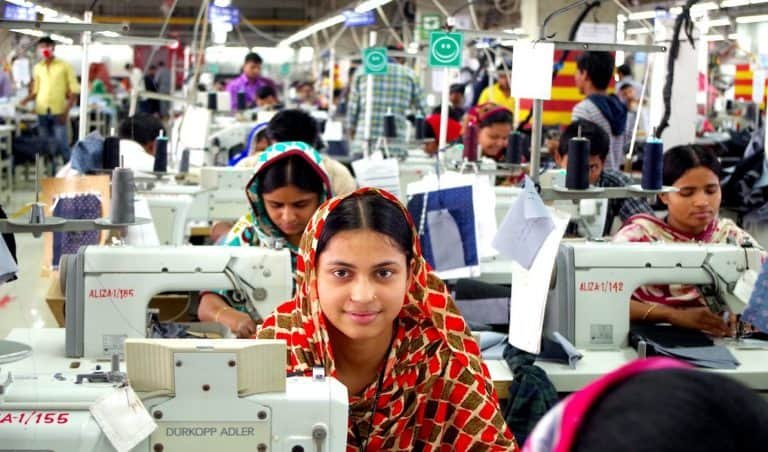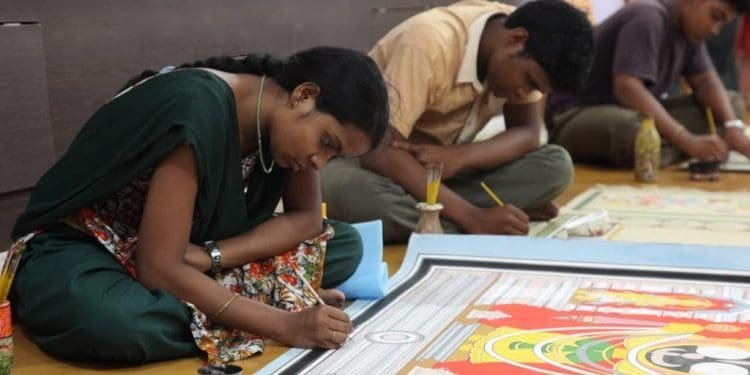BLOG-1
Prime Minister’s Employment Generation Programme (PMEGP)
Prime Minister’s Employment Generation Programme (PMEGP) is a credit-linked subsidy programme introduced by the government of India in 2008. PMEGP is a merger of two schemes, namely, Prime Minister’s Rojgar Yojna and Rural Employment Generation Programme. This program focuses on generating self-employment opportunities through micro-enterprise establishments in the non-farm sector by helping unemployed youth and traditional artisans.

The Ministry of MSME administers the Prime Minister’s Employment Generation Programme (PMEGP). The PMEGP Scheme is being implemented by Khadi and Village Industries Commission (KVIC) at the national level. At the State level, the Scheme is being implemented through State Khadi and Village Industries Commission Directorates, State Khadi and Village Industries Boards and District Industries Centres and banks.
Objectives of Prime Minister’s Employment Generation Programme
- Generation of sustainable and continuous self-employment opportunities in urban and rural areas of the country.
- Providing sustainable and continuous employment to a large segment of rural and urban unemployed youth, traditional and prospective artisans through the establishment of micro-enterprises.
- Facilitating the financial institution’s participation for higher credit flow to the micro sector.

(To gain an insight into latest updates about MSMEs, Startups and Enterprises check MSMETALK podcast, where we bring experts from the Industry to give value addition guidance to scaleup and build long lasting business)
Eligibility
- Individuals with age of 18 years or more.
- Passing standard VIII is required for a project above Rs 5 lakh in the service sector and above Rs 10 lakh in the manufacturing sector.
- Institutions registered under Societies Registration Act- 1860.
- Existing units or units that are already availing any government subsidy (State or Central) are ineligible.
- Any industry including coir based projects (excluding those mentioned in the negative list) can take advantage of this scheme.
- Production based co-operative societies.
- Self-help groups and charitable trust.
Salient features of the scheme
- Assistance under the PMEGP is only available to new units that are to be established.
- There is no income ceiling for setting up projects.
- The investment by the entrepreneur under the scheme should not exceed Rs 1 lakh in plain areas and Rs 1.5 lakh in hilly areas.
- Maximum project cost Rs 10 lakh in the service sector and Rs 25 lakh in the manufacturing sector is this limit.
Subsidy
- General Category: The eligible subsidy is 25% of the cost of the project in rural areas and 15% in urban areas.
- Special Category: The eligible subsidy is 35% of the cost of the project in rural areas and 25% in urban areas.
How does this scheme work?
Let’s assume Ms. Nivedita, a young new entrepreneur from Bangalore Urban, wants to apply for the PMEGP scheme Estimated Project Cost – Rs 10 lakh Ms. Nivedita’s Contribution (Mandatory as per PMEGP) – Rs 1 lakh (10% of Rs 10 lakh), Amount Received By Ms. Nivedita – Rs 9 lakh Note: The margin money (ie 15% of the Project Cost – Rs 1,50,000/-) generally withheld by the bank will be reimbursed to the bank by KVIC within 24 hours of acceptance of the PMEGP application. Hence, entrepreneurs like Ms. Nivedita can get the required capital to proceed with their venture very easily/ Note:
- Banks will finance capital expenditure in the form of a term loan and working capital in the form of cash credit. Projects can also be financed in the form of composite loan consisting of capital expenditure and working capital.
- The bank credit will be ranging between 60-75% of the cost after deducting (Margin Money) subsidy and the owner’s contribution.
- Though banks will claim subsidy on the basis of the projections of capital expenditure mentioned in the project report, Margin Money can be availed only on the actual availment of capital expenditure and excess if any, is to be refunded to KVIC
- Working Capital component should be utilized in such a manner that at one point it should touch 100% limit of the cash credit within 3 years of the lock-in period of margin money and not less than 75% utilization of the sanctioned limit.
Facts and figures:
|
NUMBER OF UNITS SET UP |
||||||
|
YEAR |
UTILISED (Rs. in Crores) |
RURAL (In nos.) |
URBAN (In nos.) |
% UNITS IN RURAL AREAS |
TOTAL (In nos.) |
ESTIMATED EMPLOYMENT GENERATED (In nos.) |
|
2015-16 |
1020.06 |
35,658 |
8,682 |
76 |
44,340 |
3,23,362 |
|
2016-17 |
1280.96 |
42,834 |
10,078 |
81 |
52,912 |
4,07,840 |
|
2017-18 |
1312.40 |
39,543 |
8,759 |
82 |
48,398 |
3,87,184 |
|
2018-19 |
2070.00 |
60,323 |
13,104 |
82 |
73,427 |
5,87,416 |
|
2019-20 |
1950.82 |
53,903 |
12,750 |
81 |
66,653 |
5,33,224 |
|
2020-21 |
2188.78 |
74,415 |
5,95,320 |
|||
|
2021-22 |
2977.61 |
1,03,219 |
8,25,752 |
|||
As per the press release published on pib.gov.in dated 19/04/22
|
IMPORTANT LINKS |
|
|
EVENT |
LINKS |
|
PMEGP Apply Online |
|
|
Online Application form for Individual |
|
|
Online Application form for Non-Individual |
|
|
Feedback form for Applicant |
|
|
PMEGP BANK LOGIN |
https://www.kviconline.gov.in/pmegpeportal/bankModule/index.jsp Click Here |
